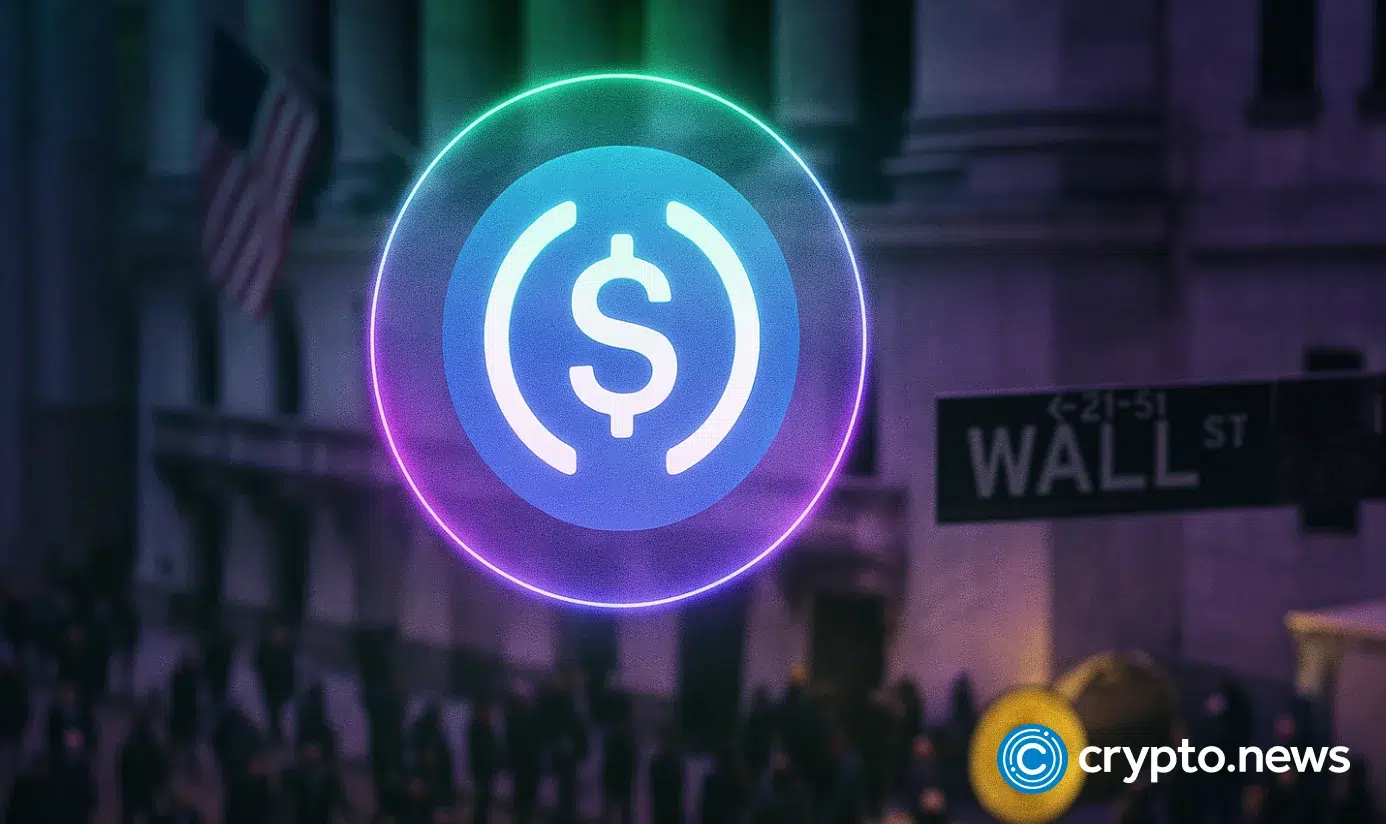
content, reviewed by leading industry experts and seasoned editors. Ad Disclosure
FinCEN on Thursday put banks and other financial firms on notice about a sprawling set of Chinese crypto and money laundering networks, saying they play a major role in moving illicit funds tied to Mexico-based drug cartels and other crimes.
According to the Treasury agency, the warning comes with both an Advisory and a Financial Trend Analysis that outline how the networks work and where banks should look for trouble.
Large Numbers And Red Flags
FinCEN reviewed 137,153 Bank Secrecy Act reports filed between January 2020 and December 2024, linked to suspected activity by these networks.
Those filings covered about $312 billion in suspicious transactions. Banks also flagged 17,389 reports tied to the real estate sector, representing more than $53.7 billion in suspected activity.
The agency says those figures show the problem is widespread and touches many parts of the US financial system.
FinCEN has issued an Advisory and Financial Trend Analysis raising the alarm on Chinese money laundering networks, which pose a significant threat to the U.S. financial system.https://t.co/QejJmzQaYw
— Financial Crimes Enforcement Network (FinCEN) (@FinCENnews) August 28, 2025
The Cartel–China Connection
Reports have disclosed a practical arrangement: Mexico-based cartels need to get rid of large amounts of US dollars they cannot easily move through Mexican banks, while some Chinese citizens want dollars to get money out of China.
That gap creates a market. Networks buy illicit dollars from cartels and sell them to buyers in China, often using social media posts, personal networks, or informal channels.
Trade-based schemes, mirror transactions, and money laundering mule operations are commonly used to cover the tracks.
Crypto & Links To Other Crimes
FinCEN’s analysis ties these networks to more than drug money. Financial institutions filed 1,675 reports that may involve human trafficking or human smuggling.
Another 43 reports, totaling about $766 million, referenced 83 adult and senior day care centers with New York addresses.

There were 108 reports tied to suspected health care fraud, elder abuse, or questionable gaming activity.
These numbers suggest the networks help move proceeds from a range of criminal schemes, not just narcotics.
Insiders, Fake Documents, And Complex Deals
Investigators flagged cases where insiders at financial firms appeared to help or where networks used counterfeit Chinese passports to open accounts. Layered transactions and shell companies were used to hide the source of funds.
Some participants may be unwitting. In many cases, the same methods that hide dollar flows also make it hard for banks to spot the crime until it is advanced.
Is Crypto The Villain?
Crypto has traditionally been labeled as the bad guy in money laundering discussions, yet the statistics say otherwise.
With $312 billion in suspicious transactions reported through banks and mainstream institutions, the magnitude of dirty money within mainstream finance far outweighs what moves through cryptocurrencies.
Critics argue that the spotlight on crypto is unnecessary when greater danger lurks in plain sight within the banking system.
Featured image from ABA Bankiing Journal, chart from TradingView

Editorial Process for bitcoinist is centered on delivering thoroughly researched, accurate, and unbiased content. We uphold strict sourcing standards, and each page undergoes diligent review by our team of top technology experts and seasoned editors. This process ensures the integrity, relevance, and value of our content for our readers.

















 English (US) ·
English (US) ·